

Norfolk, a county in Eastern England, is a land woven with history and legend, where the past is a palpable part of the landscape. Among its rolling fields, broad skies, and the winding waterways of the Broads, stand monuments of stone and earth that testify to a thousand years of history: the castles of Norfolk. These fortresses, ranging from majestic ruins to well-preserved monuments, offer a window into the medieval world, telling tales of power, defense, and architectural ingenuity.
Norfolk’s strategic position and fertile lands made it a target for invaders and a valuable asset for ruling monarchs. This necessitated the construction of numerous castles across the county, each with its own story. Today, these castles not only serve as a reminder of Norfolk’s rich history but also as attractions that draw visitors from far and wide, eager to explore the narratives etched into their ancient stones.
The Importance of Castles in Norfolk’s History
Castles in Norfolk were not merely military strongholds; they were symbols of power and authority, central to the social and political life of the region. In the wake of the Norman Conquest of England, castles were erected across Norfolk to secure the territory and assert Norman control. These fortifications played a crucial role in defending against invasions and rebellions throughout the medieval period, reflecting the tumultuous history of the era.
Beyond their defensive purposes, castles in Norfolk were administrative centers, seats of justice, and the homes of the nobility. They influenced the development of local communities and were focal points for trade, governance, and cultural exchange. The castles also had a significant impact on the landscape, with their construction and the associated estates leading to changes in land use and settlement patterns.
The history of Norfolk is intricately linked to the rise and fall of these fortresses. From the grandeur of Norwich Castle, with its imposing keep and royal connections, to the strategic importance of Castle Rising, each castle has contributed to the tapestry of Norfolk’s history. They witnessed battles, sieges, and changes in dynasty, each leaving a mark on the region’s identity.
Norwich Castle
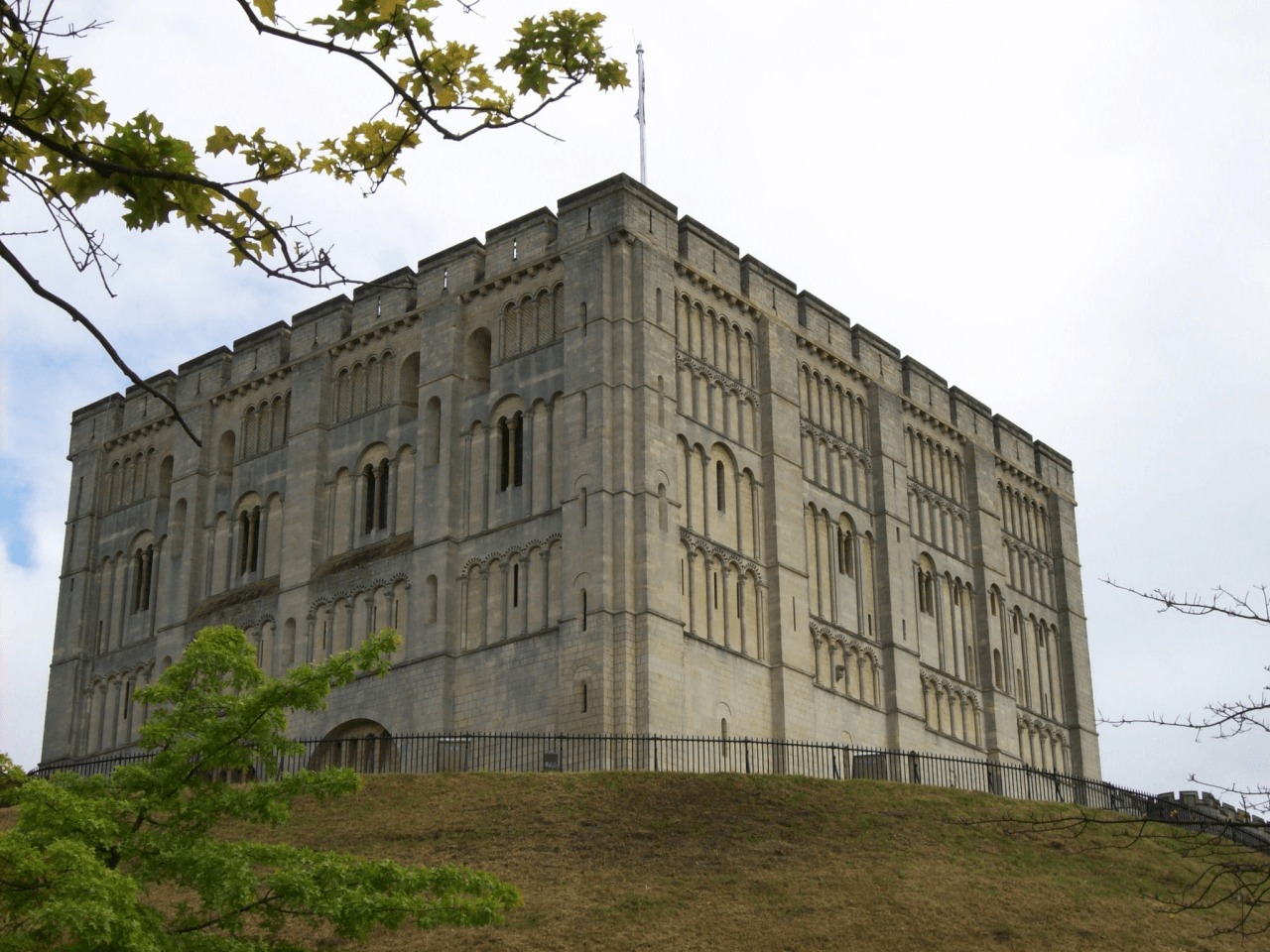
Brief History: Norwich Castle, an emblem of Norman military architecture, was founded by William the Conqueror in 1067. Originally a royal palace, the castle has evolved through the centuries, serving various roles from a prison to its current status as a museum and art gallery.
Architectural Highlights: The castle’s most striking feature is its Norman stone keep, an architectural marvel of its time, characterized by its unique polygonal shape. The keep stands as a testament to the castle’s medieval might and the ingenuity of Norman construction techniques.
Visitor Information: Today, Norwich Castle beckons as a cultural hub, housing a museum and art gallery that showcases local history, art, and archaeology. Visitors can embark on guided tours to explore the historical chambers, dungeons, and interactive exhibits that bring the castle’s storied past to life. The castle also hosts a variety of events and workshops, making it a vibrant center of education and entertainment.
Castle Rising
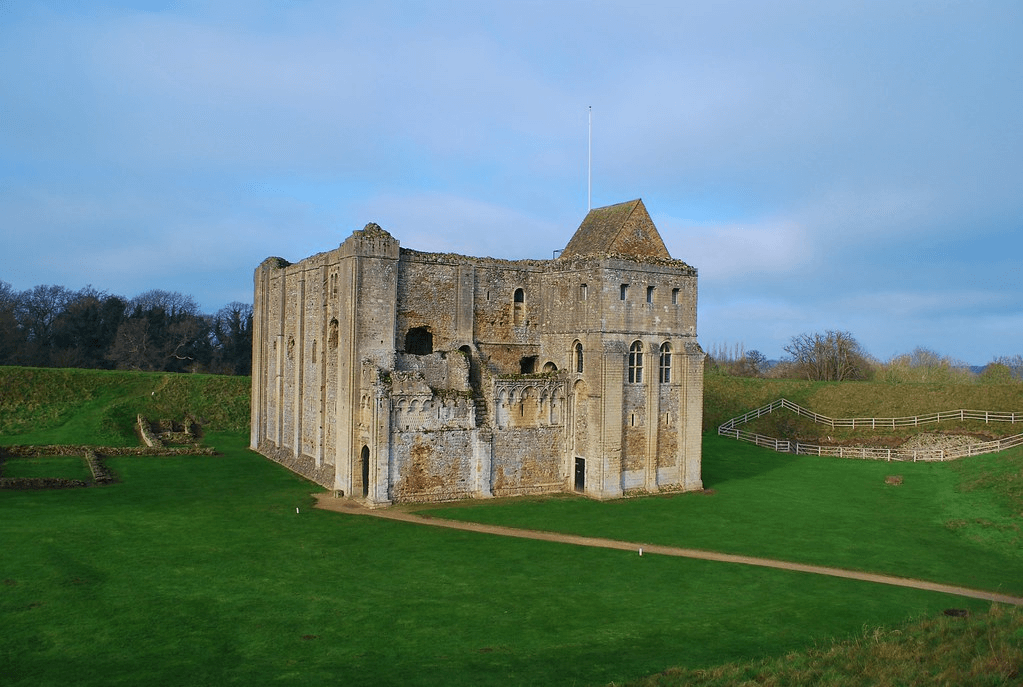
Brief History: Castle Rising, built in 1138 by William d’Aubigny, a close ally of Henry I, is renowned for its historical and architectural significance. The castle served as a luxurious hunting lodge and a statement of power and prestige.
Architectural Highlights: Surrounded by vast earthworks, Castle Rising’s well-preserved keep dominates the landscape. Its intricate stone carvings and defensive structures, such as the barbican and gatehouse, reflect the architectural sophistication of the period.
Visitor Information: Open to the public, Castle Rising offers self-guided tours that allow visitors to marvel at its grandeur. The site frequently hosts historical reenactments and events, providing an immersive experience into medieval life. The surrounding grounds offer a serene setting for picnics and leisurely walks, making it an ideal destination for history enthusiasts and families alike.
Burgh Castle
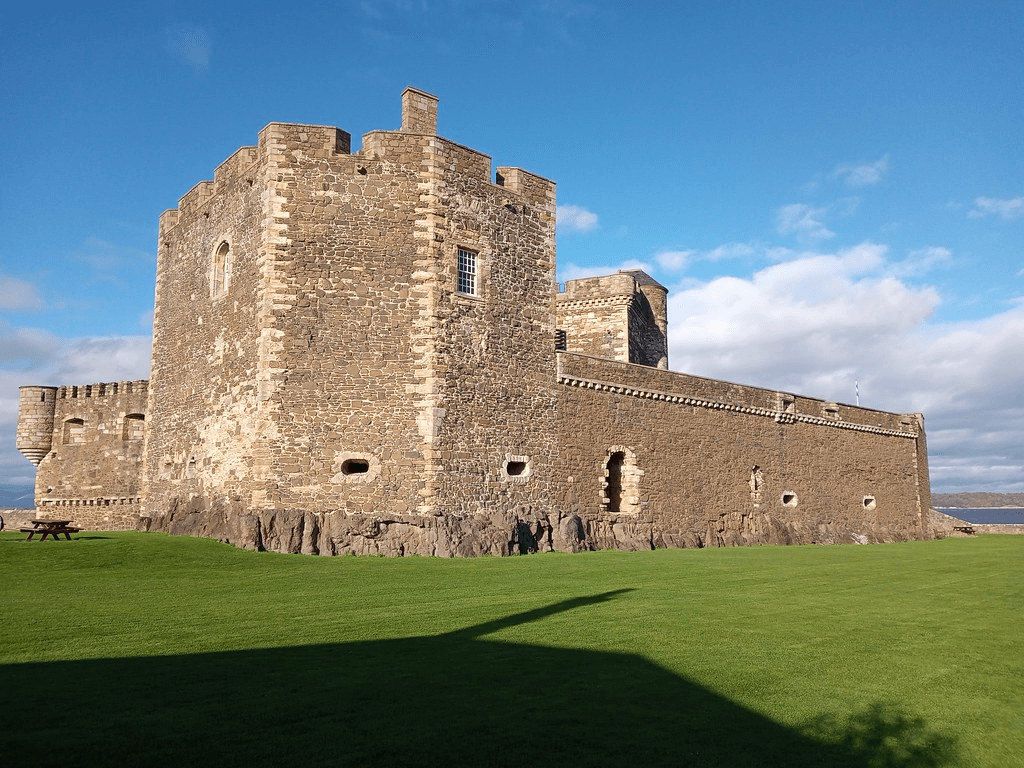
Brief History: Burgh Castle is one of the best-preserved Roman fortifications in Britain. Originally built in the late 3rd century as part of the Saxon Shore forts, it was designed to protect the coast from Saxon raids.
Architectural Highlights: The castle’s formidable walls and gates have withstood the test of time, offering a glimpse into Roman military architecture. The surviving structure, including three of the original four walls, showcases the strategic importance of the site in defending the Roman Empire’s frontier.
Visitor Information: Today, Burgh Castle is freely accessible to the public. The site features walking trails that meander through the historic ruins, offering panoramic views of the surrounding countryside and waterways. It is a popular spot for hiking, bird watching, and photography, appealing to visitors interested in history, nature, and outdoor activities.
Baconsthorpe Castle
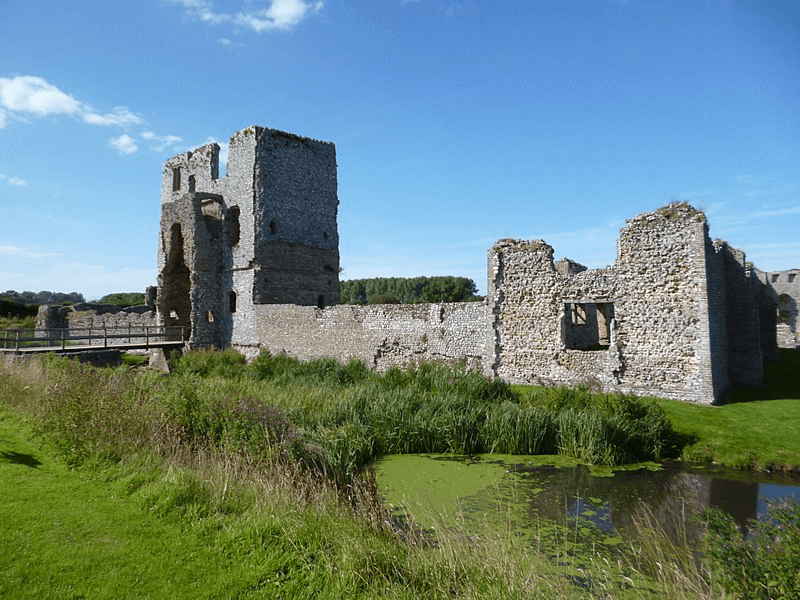
Brief History: Baconsthorpe Castle, a 15th-century moated and fortified manor house, was built by the Heydon family. Over the centuries, it faced gradual decline, leading to its current state as a captivating ruin.
Architectural Highlights: The ruins of Baconsthorpe Castle include the outer gatehouse, the inner bailey, and parts of the moat that once protected the estate. The structural remnants offer a rare insight into the domestic and defensive aspects of medieval manor houses.
Visitor Information: The castle is open to the public, offering a peaceful retreat into history. Visitors can explore the ruins, enjoy picnics in the scenic grounds, and discover the stories of the Heydon family through informational plaques scattered around the site. Baconsthorpe Castle is a testament to the changing fortunes of English nobility, making it a fascinating visit for those interested in England’s medieval past.
Photo Author Mball93
Thetford Castle
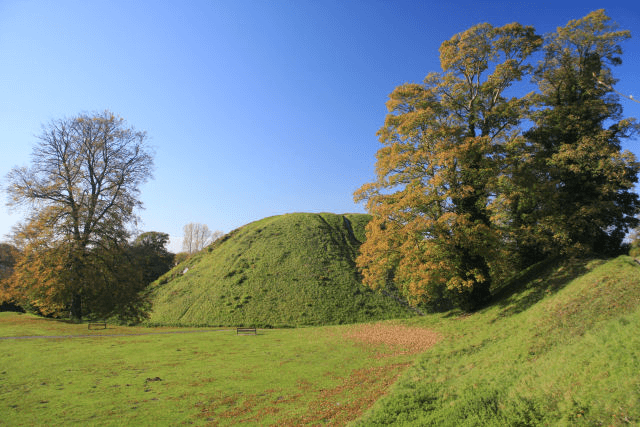
Brief History: Thetford Castle’s origins date back to an Iron Age hill fort, which was later transformed into a Norman motte and bailey castle. This historic site reflects the strategic importance of Thetford in medieval England.
Architectural Highlights: Although little of the original structure remains, Thetford Castle is home to one of England’s tallest motte earthworks. The towering motte offers visitors spectacular views of the Thetford landscape, illustrating the defensive capabilities of Norman castle design.
Visitor Information: Access to Thetford Castle is free, with well-maintained walking paths leading to the summit of the motte. Historical markers provide insights into the castle’s past, making it an educational experience for visitors. The surrounding area, rich in wildlife and natural beauty, is perfect for walks, picnics, and leisurely exploration, appealing to history buffs and nature lovers alike.
Photo Author Bob Jones
Visiting Norfolk’s Castles: Tips and Recommendations
Exploring Norfolk’s castles is a journey through time, offering a window into the lives of those who lived, fought, and governed from these fortresses. To make the most of your visits, consider the following tips:
- Best Times to Visit: Spring and early autumn offer pleasant weather, fewer crowds, and the natural beauty of the Norfolk countryside in full bloom or the warm hues of fall.
- Making the Most of Your Visits: Many castles offer guided tours, which can provide deeper insights into their history and significance. Check for special events, reenactments, and exhibitions that can enrich your experience.
- Practical Considerations: Wear comfortable shoes as exploring these sites often involves walking on uneven ground. Also, check opening times in advance, as they can vary seasonally.
Conclusion
Norfolk’s castles are more than just stone and mortar; they are storied places where history unfolds in layers, revealing the complexities of medieval society, the evolution of architectural styles, and the personal tales of those who lived through the ages. From the grandeur of Norwich Castle to the quiet ruins of Baconsthorpe, each site offers a unique perspective on the past.
As we conclude this exploration of Norfolk’s castles, it’s clear that these structures are not merely relics to be observed but are vibrant parts of England’s heritage, inviting us to step back in time and experience the rich tapestry of history they represent. Whether you’re a history buff, an architecture enthusiast, or simply looking for a unique journey through England’s past, Norfolk’s castles provide an unparalleled adventure.

